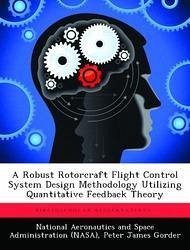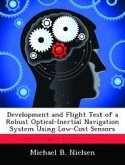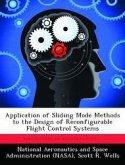Rotorcraft flight control systems present design challenges which often exceed those associated with fixed-wing aircraft. First, large variations in the response characteristics of the rotorcraft result from the wide range of airspeeds of typical operation (hover to over 100 kts). Second, the assumption of vehicle rigidity often employed in the design of fixed-wing flight control systems is rarely justified in rotorcraft where rotor degrees of freedom can have a significant impact on the system performance and stability. This research was intended to develop a methodology for the design of robust rotorcraft flight control systems. Quantitative Feedback Theory (QFT) was chosen as the basis for the investigation. Quantitative Feedback Theory is a technique which accounts for variability in the dynamic response of the controlled element in the design robust control systems. It was developed to address a Multiple-Input Single-Output (MISO) design problem, and utilizes two degrees of freedom to satisfy the design criteria. Two techniques were examined for extending the QFT MISO technique to the design of a Multiple-Input-Multiple-Output (MIMO) flight control system (FCS) for a UH-60 Black Hawk Helicopter. In the first, a set of MISO systems, mathematically equivalent to the MIMO system, was determined. QFT was applied to each member of the set simultaneously. In the second, the same set of equivalent MISO systems were analyzed sequentially, with closed loop response information from each loop utilized in subsequent MISO designs. The results of each technique were compared, and the advantages of the second, termed Sequential Loop Closure, were clearly evident.








